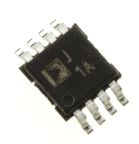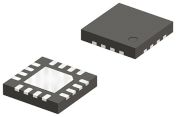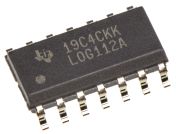Logarithmic Amplifiers
A Iogarithmic amplifier is a type of amplifier- an electronic device that increases the amount of electrical signals. It converts an input current into an output voltage (a flow of electrical current). Typically, the source of this current is a photodiode.
Why are logarithmic amplifiers used?
Logarithmic amplifiers are not only used to create voltage, they're also used to regulate gain (the ratio of two quantities). In the case of a logarithmic amplifier, this is the measurement of the output of a circuit or component in relation to its input.
By using a logarithmic amplifier you can also compress the range of signals in an electronic system because they provide an effective means of dealing with wide dynamic range signals. For example, a system with wide dynamic range may have poor signal-to-noise.
Where are logarithmic amplifiers used?
Logarithmic amplifiers are commonly used in high-speed electronic circuits. Because of their ability to compress signals, they remain a key component in many video, fibre, medical (blood analysis equipment), scientific (material analysers) and wireless systems.



